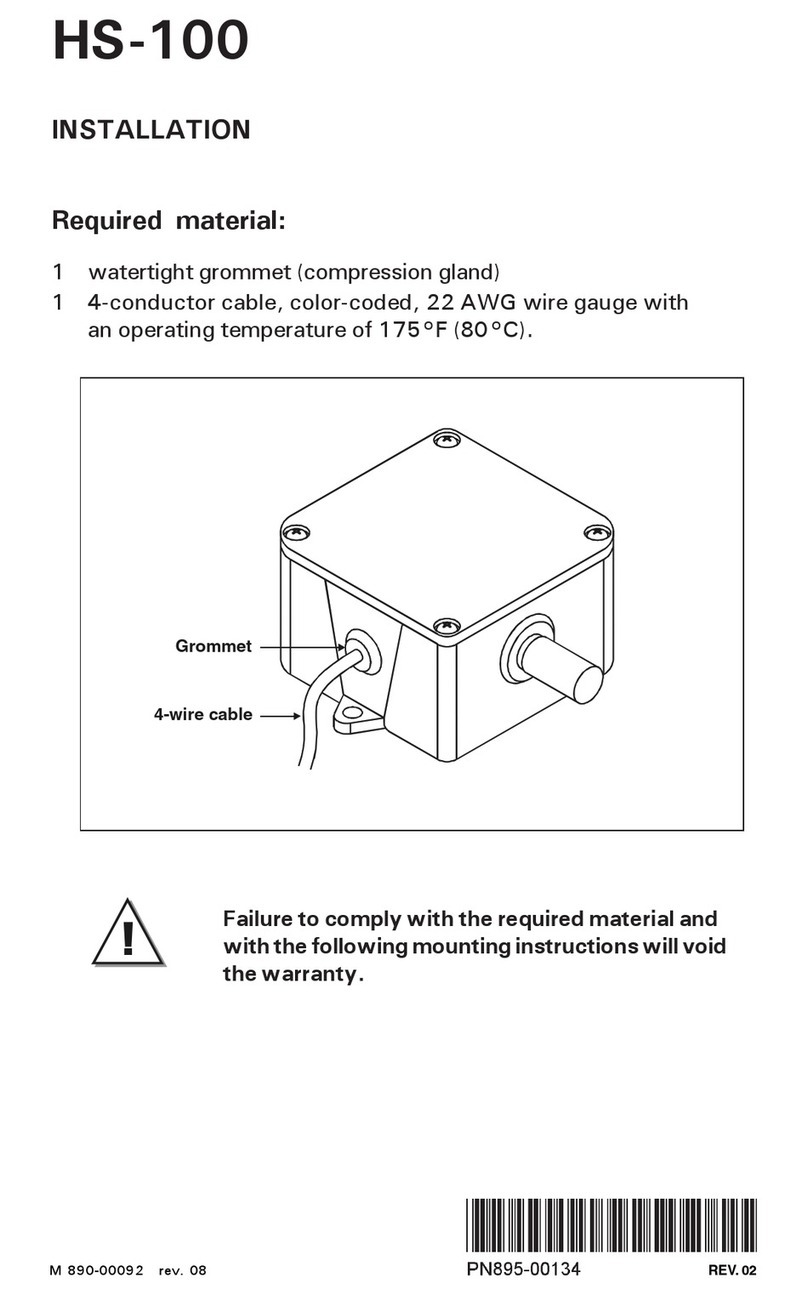
2TC5-2V2SA.rev.05
TABLE OF CONTENTS
PRECAUTIONS .............................................................. 3
FEATURES..................................................................... 4
LOCATION OF THE CONTROLS................................... 6
ControllerStatusLeds................................................... 7
InternalSwitches ........................................................... 7
INSTALLATION .............................................................. 8
MountingInstructions ..................................................... 8
Connections.................................................................. 8
MotorTypes.................................................................. 9
Heating/CoolingOption................................................. 10
TemperatureProbes .....................................................11
CHANGING THE PARAMETER SETTINGS .................. 14
UsingtheDisplay .......................................................... 14
LockingtheParametersSettings ..................................15
TEMPERATURE SETTINGS .......................................... 16
TemperatureUnits.........................................................16
ViewingTemperatures ..................................................16
TemperatureSetPoint ..................................................19
TemperatureCurve .......................................................20
VENTILATION SETTINGS.............................................. 24
CoolingOperation......................................................... 24
MinimumVentilationCycle ............................................26
HumidityCompensation ................................................28
MinimumSpeedCurve.................................................. 31
DifferentialSettings....................................................... 37
De-icing of Stage 2 Fans .............................................. 39
Mist Cooling..................................................................41
HEATER SETTINGS....................................................... 44
ALARM SETTINGS......................................................... 49
TEST MODE.................................................................... 50
TROUBLESHOOTING GUIDE........................................ 51
TECHNICAL SPECIFICATIONS..................................... 55
FACTORY SETTINGS .................................................... 56
GLOSSARY..................................................................... 58
Page




























